With the onset of colder temperatures at the end of the harvest, there are still things that need to get done in the orchard before winter.
Fall weed control
Fall is still a good time to make herbicide applications to control some of your tough perennial weeds. The application of either a 2,4-D product, chlorpyralid or glyphosate, depending on the weed species, can help clean up spots in your orchard. Another good burn-down material specifically for pome fruits, i.e. apples and all pears, is Starane Ultra. Orchards, however, must be at least 4 years old. Just about any of the available pre-emergent materials mixed with a burn-down will provide good early season weed control into June or July of the next year.
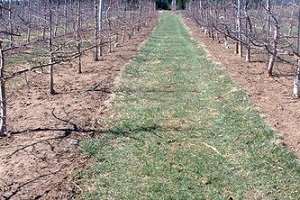
If you cannot cover all your blocks with a fall application of an herbicide scout the blocks and note where you had heavy weed pressure. Identify what the weeds were so you know what herbicide will be needed next spring.
Wildlife management
Rodent control is a must in the fall before the first snows fall. First check for their presence; if you see tunnels or runways in the orchard now you can be sure the problem can get worse. Applications of rodenticides are most beneficial in large orchards and should be applied when the weather is dry and fair. Consider using protective bait stations such as old tires cut in half or roofing shingles.
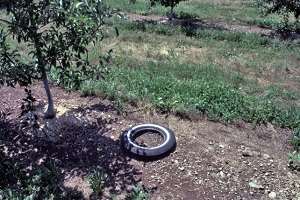
You should also consider using some sort of trunk protection such as wire cages, Tyvek sheets, or other protective materials. In years when there is considerable snow cover, you will see more rabbit damage, especially in orchards located near more urban areas. If you have deer fencing around a block, be sure to inspect the fence for any breaks or places where rodents have burrowed under the fence. Close mowing of the row middles will also help reduce potential rodent damage because it makes it easier for predators to see and catch any potential rodents.
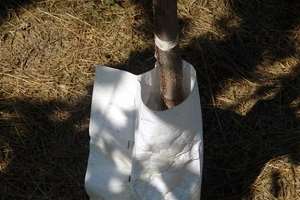
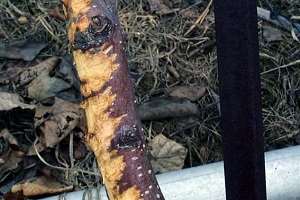
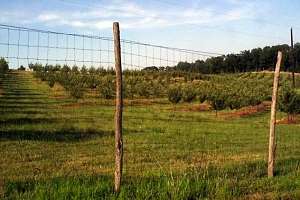
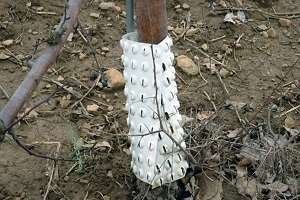
Gathering up harvest equipment
Drive through the orchard blocks to make sure all ladders and other harvest equipment are removed before snow fall.
Prevention of southwest injury
In some winters, we see more southwest injury on fruit trees—both in apples and in stone fruit. It might behoove you to apply white latex paint to the lower portions of the tree trunks. Research has shown that bark temperatures can be as much as 30 degrees warmer where the sun hits the trunk in the late afternoon. When the sun drops below the horizon, bark temperatures can quickly drop to the ambient air temperature, causing bark splitting. The paint should be applied on a warm afternoon and, on stone fruit, from the ground line up to the lower branches. The use of a cotton car wash mitt works very effectively to apply the paint.
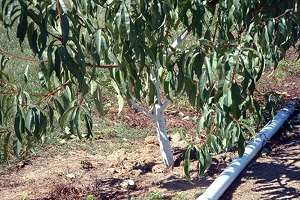
Fall Nutrient Applications
If a leaf sample showed a low level of boron in your orchards, then a fall application of Solubor (20.5% B) at 8 lbs. of material per acre can help improve fruit set next season. Foliar urea sprays also improve spur growth and fruit set the next season. To also reduce scab inoculum, follow the recommendations of Dr. Kari Peter in the Penn State Tree Fruit Production Guide. Other nutrients that can be applied postharvest include copper, manganese or potassium. Use caution when applying potassium sprays on cultivars that are susceptible to bitter pit. Recent studies are implicating high levels of potassium may interfere with calcium uptake in the fruit, resulting in potentially increased bitter pit.
Source: psu.edu